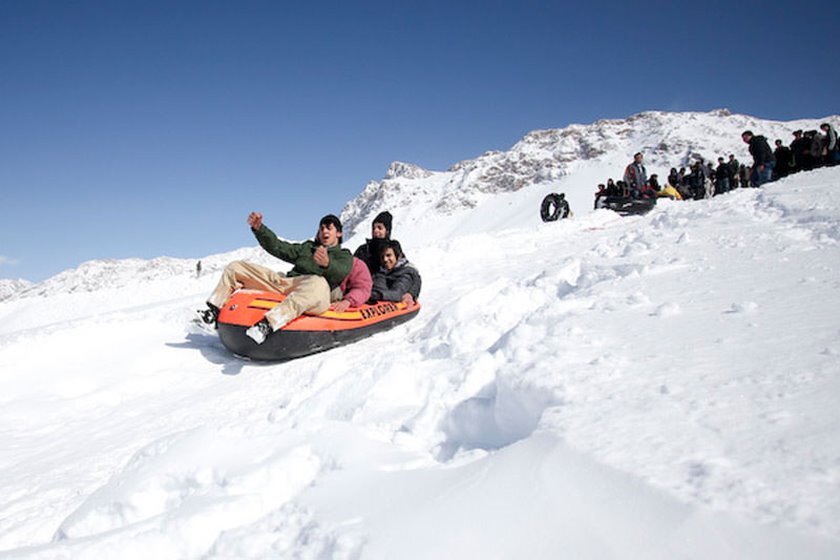Winter tourism can spur boom in Isfahan’s tourism industry, expert says

TEHRAN – In the post-corona era, the tourism industry of the central province of Isfahan could see a boom through winter tourism, a trend that has not been explored to date, an expert, has said.
At the beginning of the cold season, Isfahan suffers from a slump in tourism and travel due to a lack of adequate information and promotion concerning its winter resorts, Ali Mozafari explained on Wednesday.
Despite the four seasons that this province has, its tourism has been dominated by the milder seasons of the year, and the colder seasons of the province have been neglected, he added.
Although Isfahan has two ski resorts, they are not yet equipped to handle winter tourism, which is considered one of the world’s most profitable industries, he noted.
There is a lack of suitable infrastructure for the development of winter tourism in Isfahan, but it is important to implement a proper plan for the growth of winter tourism so that the province can benefit from the cold season tourism boom, he stated.
Soaked in a rich history, Isfahan was once been a crossroads of international trade and diplomacy in Iran and now it is one of Iran’s top tourist destinations for good reasons.
It is filled with many architectural wonders, such as unmatched Islamic buildings, bazaars, museums, Persian gardens, and tree-lined boulevards. It’s a city for walking, getting lost in its amazing bazaars, dozing in beautiful gardens, and meeting people.
The ancient city is renowned not only for the abundance of great historical bridges but also for its ‘life-giving river’, the Zayandeh-Rood, which has long bestowed the city an original beauty and fertility.
Isfahan has long been nicknamed as Nesf-e-Jahan, which is translated into “half the world”; meaning seeing it is relevant to see half the world. In its heyday, it was also one of the largest cities in the region with a population of nearly one million.
The cool blue tiles of Isfahan’s Islamic buildings, and the city’s majestic bridges, contrast perfectly with the encircling hot, dry Iranian countryside.
The huge Imam Square, best known as Naghsh-e Jahan Sq. (literary meaning “Image of the World”), is one of the largest in the world (500m by 160m), and a majestic example of town planning. Constructed in the early 17th century, the UNESCO-registered square is punctuated with the most interesting sights in Isfahan.
ABU/AM
